
The most orthodox preacher of the ideas of Russoism, who inspired the direction of sentimentalism in the art and literature of the end of the century, was Jean-Baptiste Grez. Moralizing painting of Dream on the eve of the French Revolution evoked enthusiasm of critics and enlightened art lovers not only in France, but also in Russia.
The great composition of Gres “The First Furrow” pathetically enthusiastically and sentimentally glorifies the peasants, whose life is ennobled by labor in the bosom of nature. Perhaps her story was suggested to the artist by his customer – a fan of Rousseau’s philosophy, an enlightened Russian philanthropist Count Pyotr Andreevich Shuvalov.
The folk custom, which grants the right to spend the first furrow to a youth who has reached adulthood, is transformed into a solemn procession in the spirit of a frieze-shaped composition of the ancient relief. However, the sentimental sensitivity of the participants in the scene illustrates rather than translates into progressive artistic images the progressive ideas of the era.
Curly babies are like rocail chefs, tears of emotion in front of rural beauties and virtuous old age, false pathos of father’s gesture, as if the admonishing son to feats of arms, are excessively emotional and intrusive.
 The father’s curse by Jean-Baptiste Dream
The father’s curse by Jean-Baptiste Dream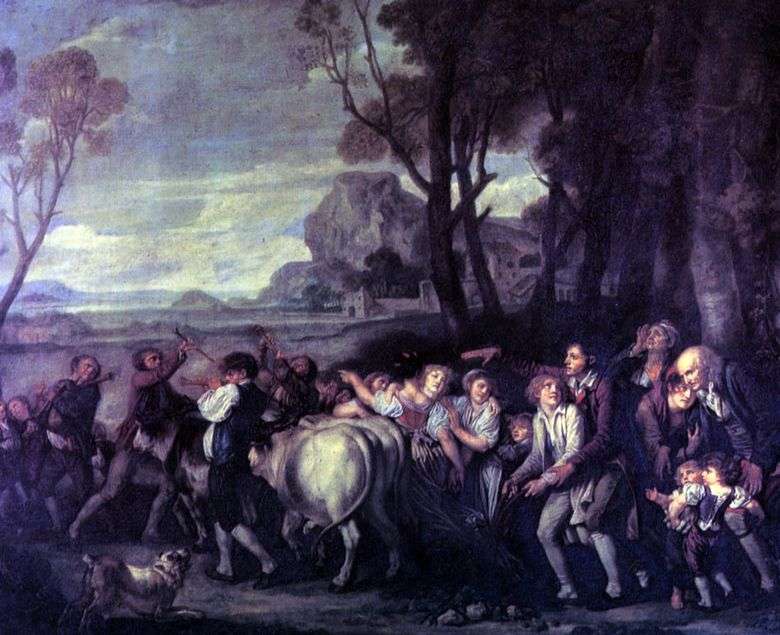 Primer surco – Jean-Baptiste Dreams
Primer surco – Jean-Baptiste Dreams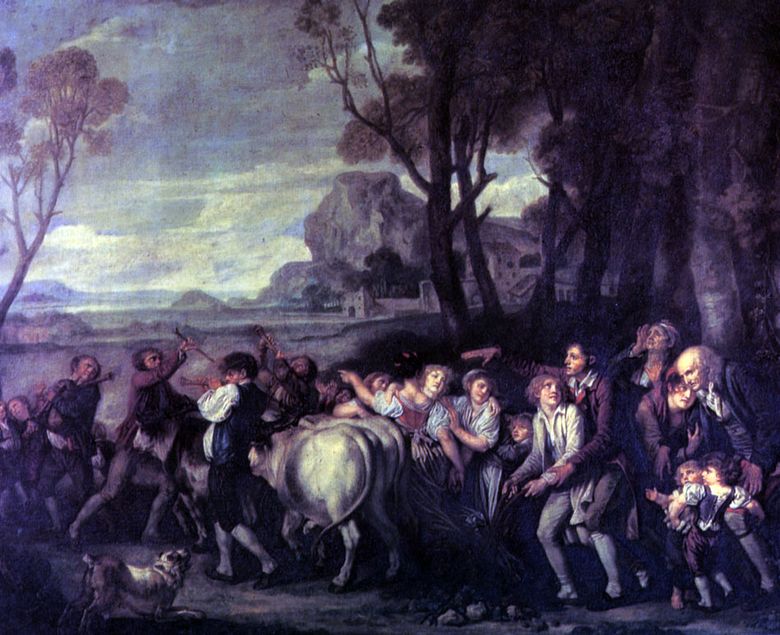 Premier sillon – Jean-Baptiste Dreams
Premier sillon – Jean-Baptiste Dreams Septimius Severus and Caracalla by Jean Baptiste Dreams
Septimius Severus and Caracalla by Jean Baptiste Dreams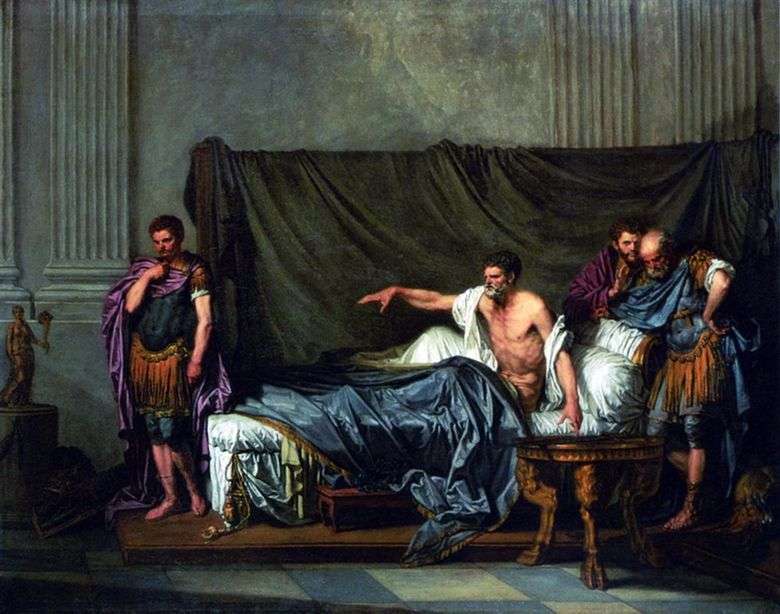 Septimius Norte y Caracalla – Jean Baptiste Dreams
Septimius Norte y Caracalla – Jean Baptiste Dreams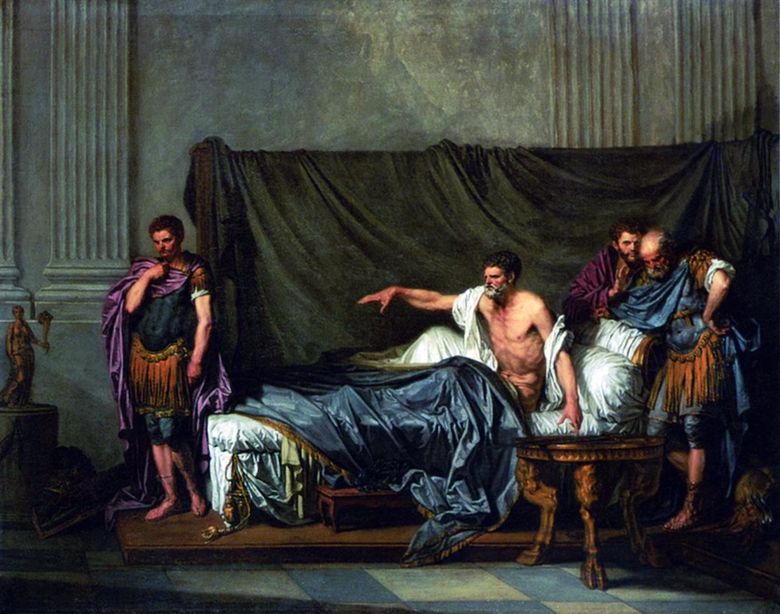 Septimius Severus et Caracalla – Jean Baptiste Dreams
Septimius Severus et Caracalla – Jean Baptiste Dreams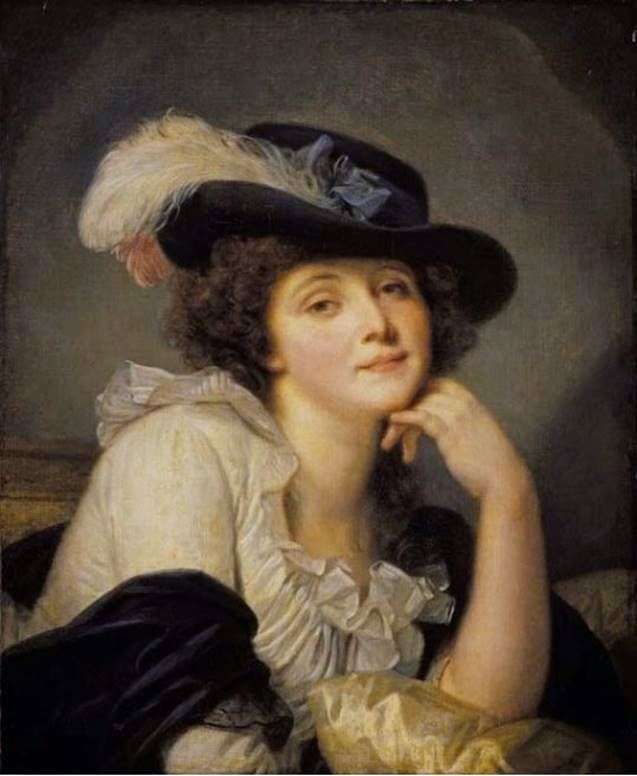 Retrato de Sophie Arnue – Jean-Baptiste Dreams
Retrato de Sophie Arnue – Jean-Baptiste Dreams La maldición del padre – Los sueños de Jean-Baptiste
La maldición del padre – Los sueños de Jean-Baptiste